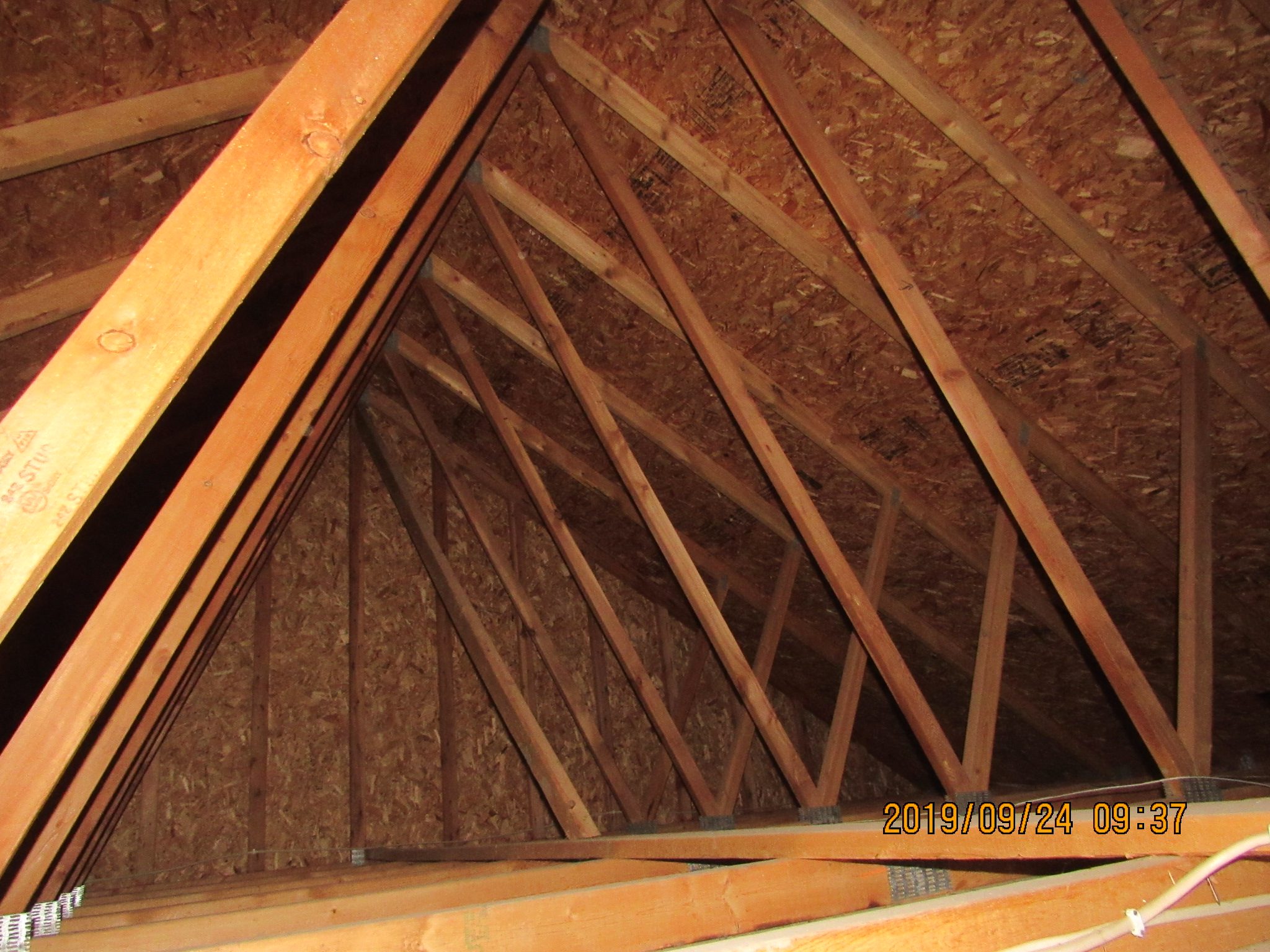
Most attic problems are preventable. To avoid expensive repairs, you should have your attic inspected at least once per year.
You may think that if the roof is not leaking and seems to be holding together, nothing is wrong. The reality is many small problems could be hidden away and ongoing, especially if the ventilation system is not working properly. This is why a thorough inspection of your attic is very important before moving on to repairs or replacement.
When a inspector comes in to inspect your attic, the first thing to be checked is the air flow. The root of many attic problems starts with an improper flow of air. Other factors in an inspection include the following: